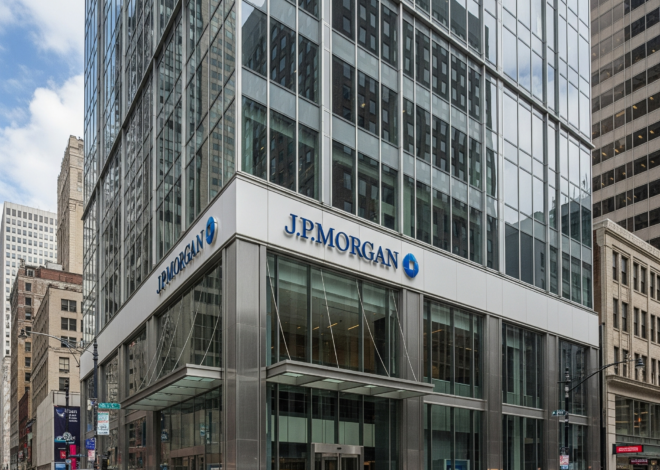
How UK Companies Are Navigating Global Supply Chain Turmoil Despite Red Sea Ripple Effect
- In January, UK businesses saw a seven-month high in growth, driven by a flourishing service sector and a reading of 52.5 on the S&P Global/CIPS flash PMI.
- Meanwhile, manufacturers grappled with ongoing challenges, including a slump in activity, extended supply chain delays, and heightened costs due to disruptions in the Red Sea, creating a delicate balancing act for the Bank of England as they navigate between stimulating growth and addressing inflation concerns
In January, UK businesses witnessed a notable upswing in growth, reaching a seven-month high, according to the S&P Global/CIPS flash UK Purchasing Managers’ Index (PMI). The influential index reported a reading of 52.5, up from 52.1 in December. This positive trend is primarily attributed to the robust performance of the service sector, which encompasses a wide range of industries, from pubs and restaurants to financial firms, transport, cinemas, and theatres.
Manufacturers Grapple with Ongoing Slump Amid Red Sea Crisis
While the service sector thrives, manufacturers face challenges, with production across the sector falling for the 11th consecutive month. The preliminary PMI data indicates an ongoing slump in activity, largely due to disruptions in the supply chain caused by the Red Sea crisis. Since late November, Iran-backed Houthi rebels in Yemen have targeted container ships crucial for transporting energy, commodities, and consumer goods. The result has been rerouted vessels, safety concerns, and extended shipping times, impacting manufacturers significantly.

Impact on Costs and Inflation: A Closer Look
The Red Sea crisis has not only disrupted supply chains but has also led to the steepest lengthening of vendor wait times since September 2022. Longer international shipping times have increased costs across the sector at the fastest rate since March. Chris Williamson, chief business economist at S&P Global Market Intelligence, notes that the surprising strength of growth in January may deter the Bank of England from an anticipated interest rate cut. Supply disruptions in the Red Sea are reigniting inflation in the manufacturing sector, with increased delays spiking costs for businesses.
Bank of England’s Dilemma: Balancing Growth and Inflation
As the Bank of England prepares to set UK interest rates, analysts predict that the recent data will influence their decision-making. The surprising strength in January’s growth, exceeding forecasts, may prompt the bank to reconsider immediate rate cuts.
The supply chain disruptions in the Red Sea are contributing to inflation in the manufacturing sector, further complicating the central bank’s decisions. Chris Williamson suggests that inflation is likely to remain stubbornly higher in the near future, possibly ranging between 3% and 4%.
With inflation already reaching 4% in December, experts anticipate the Bank of England to carefully balance the need for stimulating growth with the necessity of addressing inflationary pressures.
The forthcoming decision on interest rates will be closely watched, with considerations for persistent inflation pressures, services inflation, and wage growth playing a crucial role in determining the path forward. The latest data serves as a reminder that the central bank won’t be rushed into rate cuts, emphasizing the importance of sustained progress in various economic indicators before taking decisive action.


